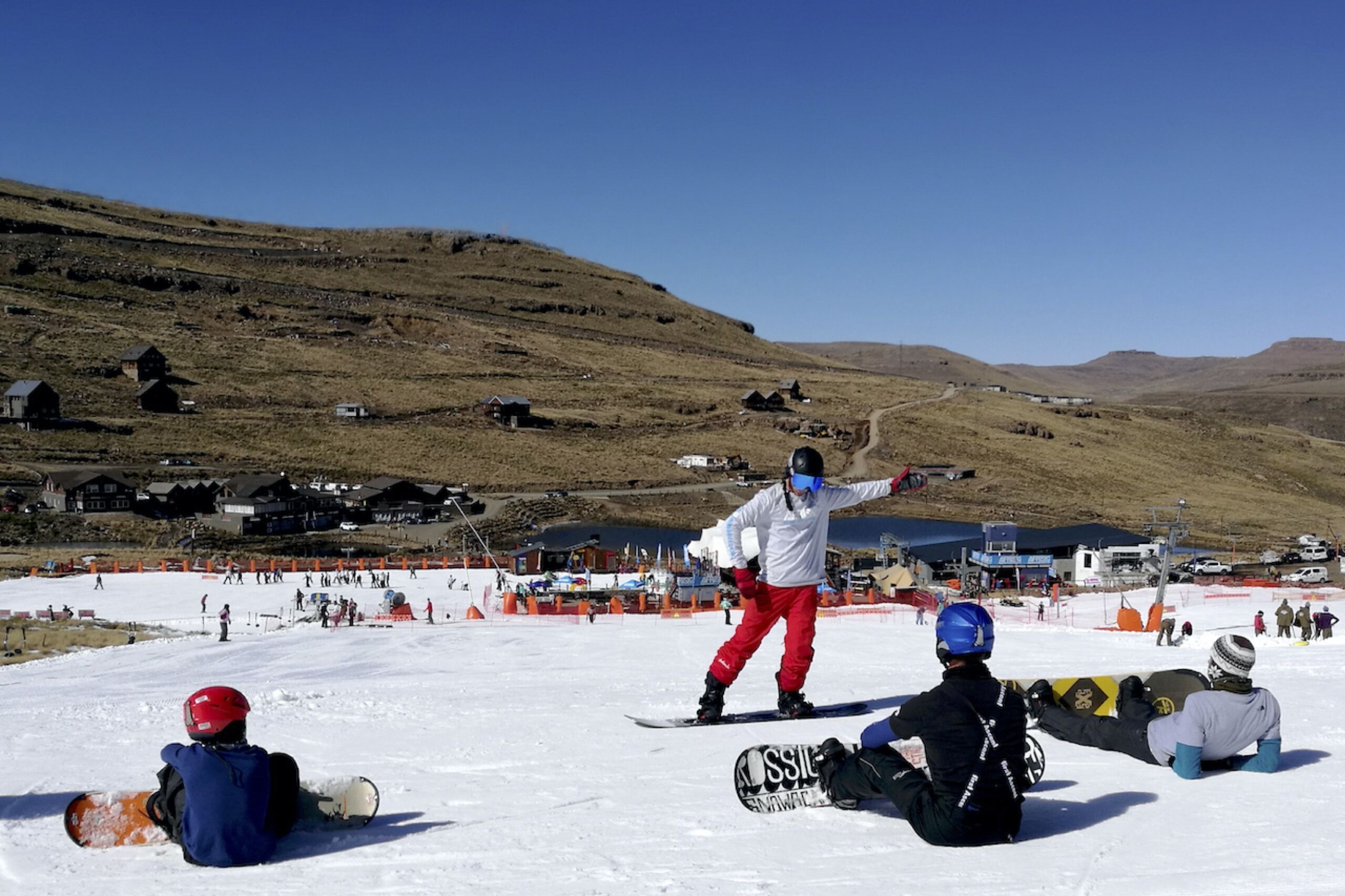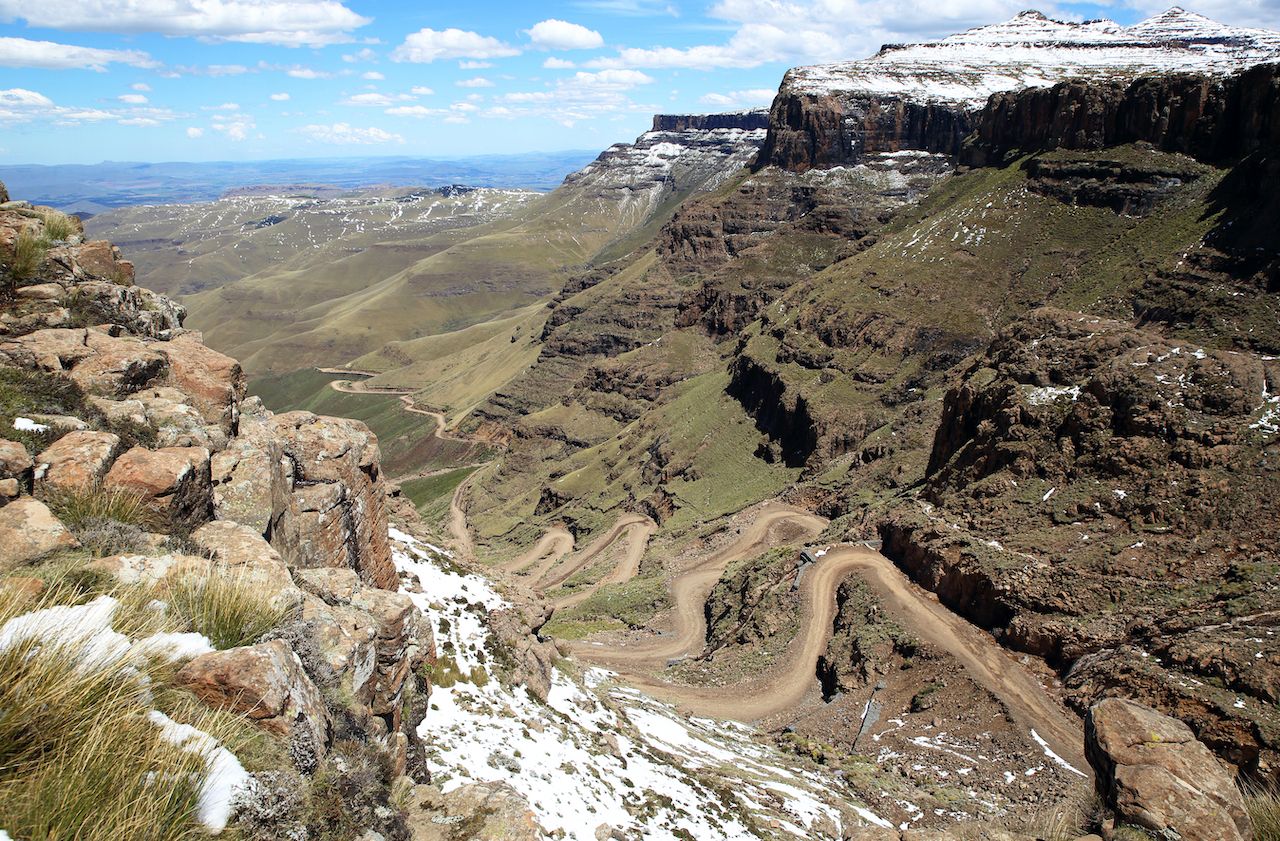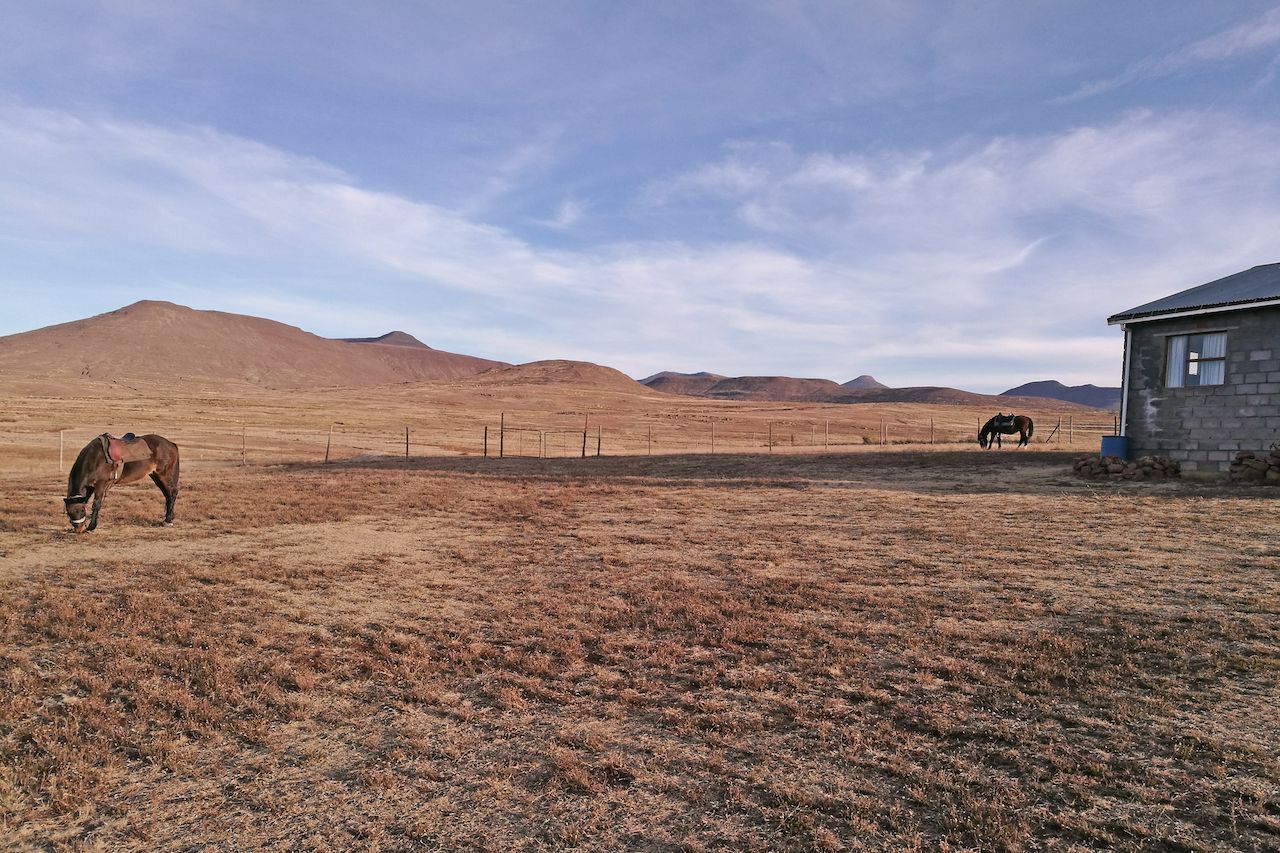For a born and bred South African like me, seeing snow is a rare occurrence. Chaos ensues on the odd winter day when the heavens decide to grace our countryside with a dusting of white. Every dog and their human companion are out to build a snowman, kids are quickly swaddled in their warmest sweaters, and mountain passes close as traffic grows as thick as sludge. That is why it came as such a shock to me to learn that you can actually ski in Southern Africa.
More than just learning to ski, a week in the mountains of Southern Africa allowed my partner and me to explore Lesotho, a mountainous kingdom engulfed by the country I call my own. We enjoyed an unexpected break from civilization during our winter, the Northern Hemisphere’s summer. Beyond skiing, we were taken in by Lesotho’s rugged beauty and the slow pace of life we experienced in one of its villages.





